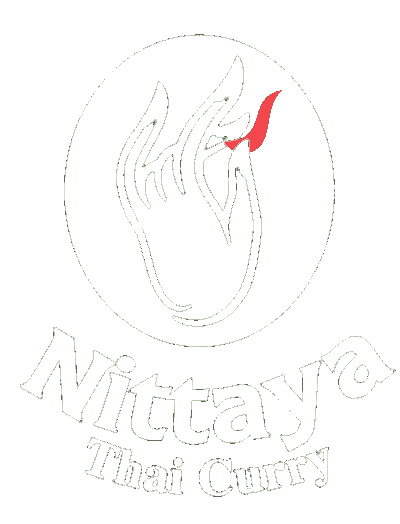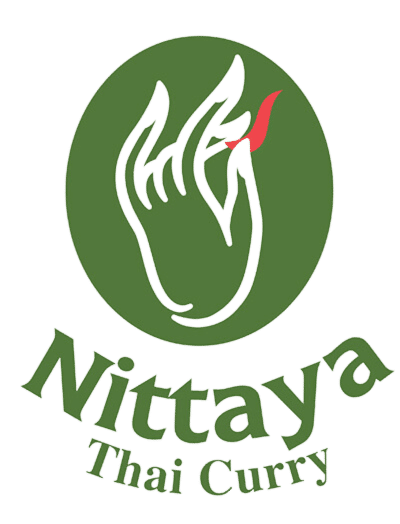Types of Thai Curries - Understanding The Difference
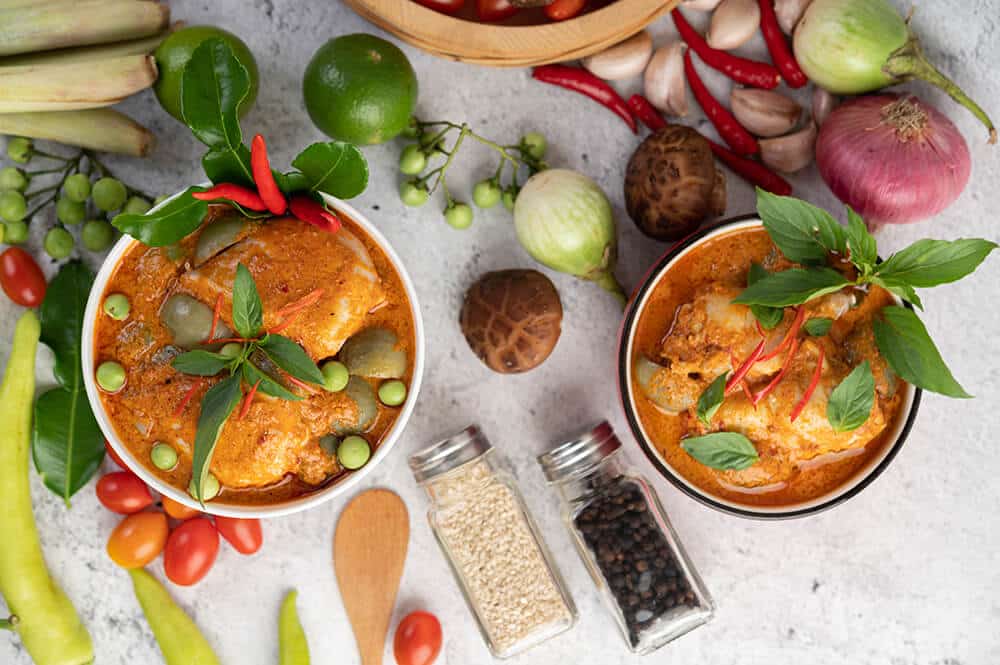
Table of Contents
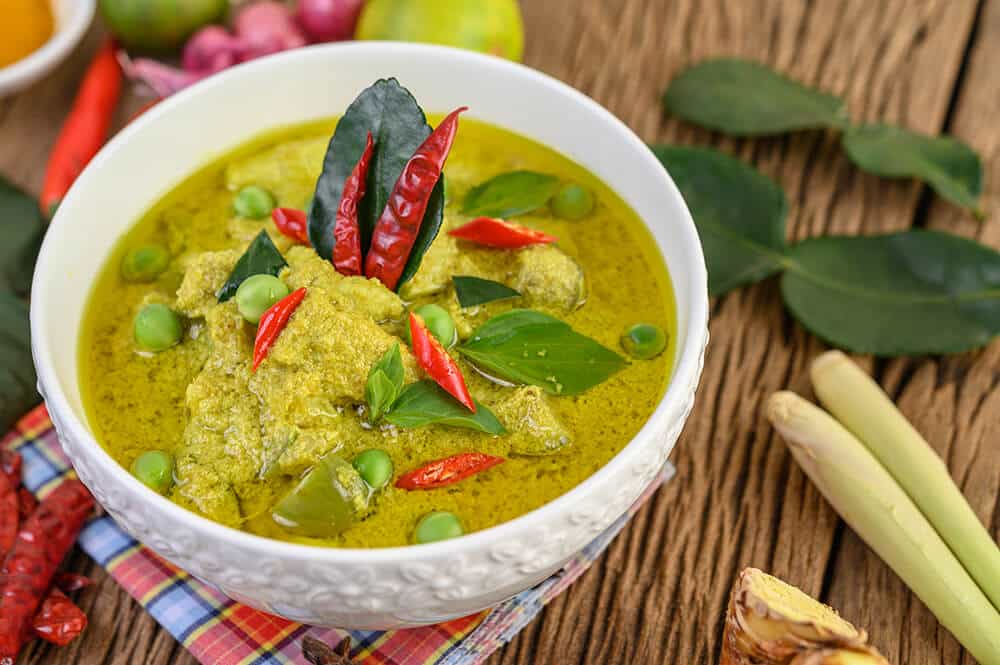
Green Curry
Origin: Central Thailand
Flavor profile: Aromatic and rich, featuring green chillies, shallots, garlic, lemongrass, galangal, kaffir lime leaves, and coriander roots
Heat level: High – predominantly uses hot Bird’s eye chillies which are hotter than many other varieties
Thai green curry (‘gaeng keow waan’ in Thai), arguably the most popular of all Thai curries, is loved by people from all over the world. It originates from central Thailand and consists of a rich broth made with green curry paste, coconut milk, and other ingredients such as fish sauce and sugar.
The main ingredients in a green curry paste are green Bird’s eye chillies, shallots, garlic, lemon grass, galangal and kaffir lime leaves. All these ingredients are finely ground together into a paste. Adding coconut milk to the mix produces an amazing aroma that will tantalize your taste buds every single time!
Green curry with chicken is a very popular dish in Thailand; so much so that you can find it almost everywhere from small family-run restaurants to upscale hotels and resorts. Other variations include green curry with beef or prawns. Vegetarian versions are also popular and are becoming increasingly easy to find in modern day Thai eateries.
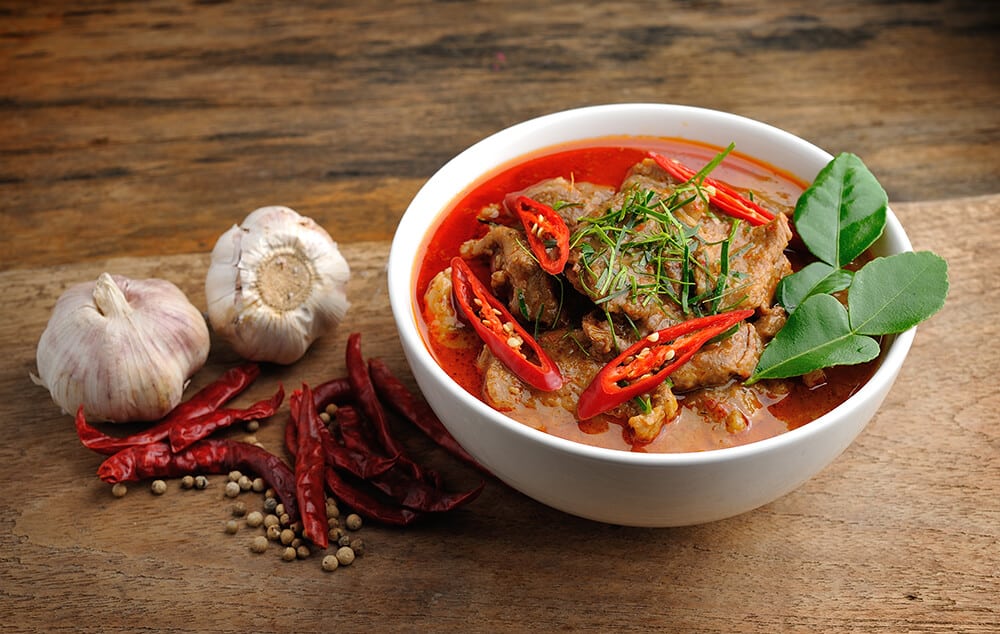
Red Curry
Origin: Central Thailand
Flavor profile: Milder than green curry, using less spicy red chillies
Heat level: Moderate – red chillies offer a balanced spice
Thai red curry, known as ‘gaeng phed’ in Thailand, presents a milder alternative to the classic green curry. The curry paste is made with dried red chillies, which are less intense than green chillies, offering a moderate level of spiciness without being overwhelming.
While red curry is a common menu item in Thai restaurants abroad, its role in Thailand differs slightly. Unlike green curry, which is a specific dish, red curry does not have such a singular identification. Instead, it serves as the foundational flavor base for a variety of different curries, such as Panang curry, pineapple curry (‘gaeng kua sapparod)’, jungle curry (‘gaeng pa’), chu chi curry (‘kaeng chu chi’) and roasted duck curry (‘gaeng phed ped yang’), a dish that was once prepared exclusively for the kings.
Unlike the ubiquitous green curry, you’re more likely to find red curry mainly in touristy areas as opposed to places where local Thai people would eat. Other popular variations include fish curry (‘gaeng phed pla’) and red curry with chicken (‘gaeng phed gai’).
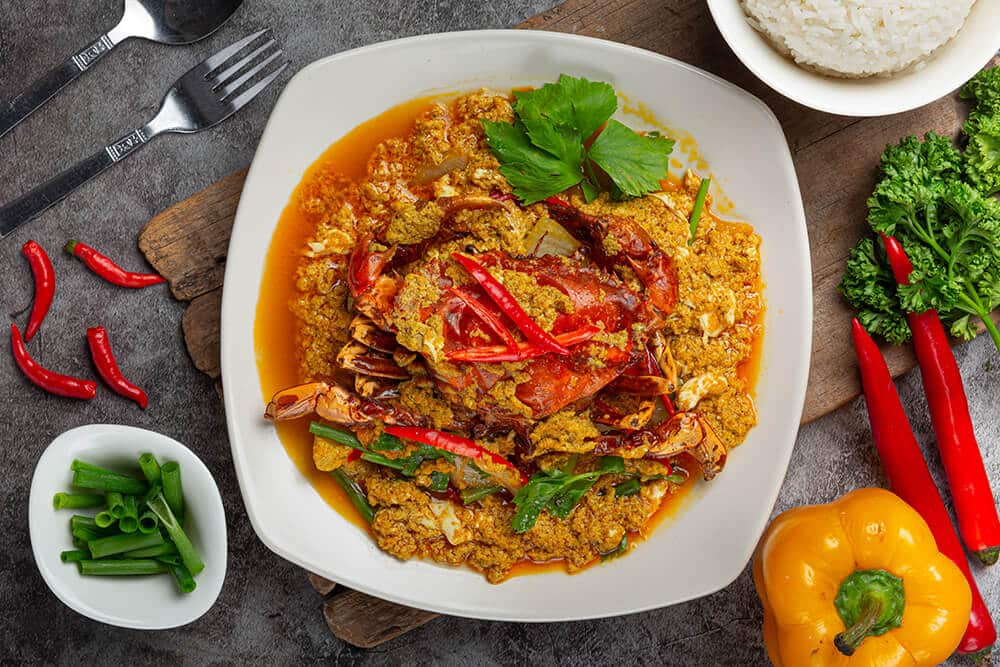
Yellow Curry
Origin: India
Flavor Profile: Creamy and mildly spicy, with cumin, turmeric, and coriander
Heat Level: Low – ideal for those new to spicy food
Yellow curry is a classic Thai dish with a distinct Indian influence. It’s a creamy coconut based curry, using spices such as cumin, turmeric and coriander which together give it its unique flavor. The traditional recipe includes chicken, potatoes and onions, although you can choose to use any kind of meat or seafood in the dish. With not being very spicy compared to other curries found in the region, it makes for an excellent choice for those who are new to spicy food and prefer something milder yet still flavourful.
When making your own yellow curry at home there are many different options in terms of ingredients – so feel free to experiment! You can add more vegetables like carrots or zucchini to make it even healthier or change up the spices according to your preference. Alternatively, you could also increase the spice level by adding chili peppers or sauces – just be careful not to overdo it.
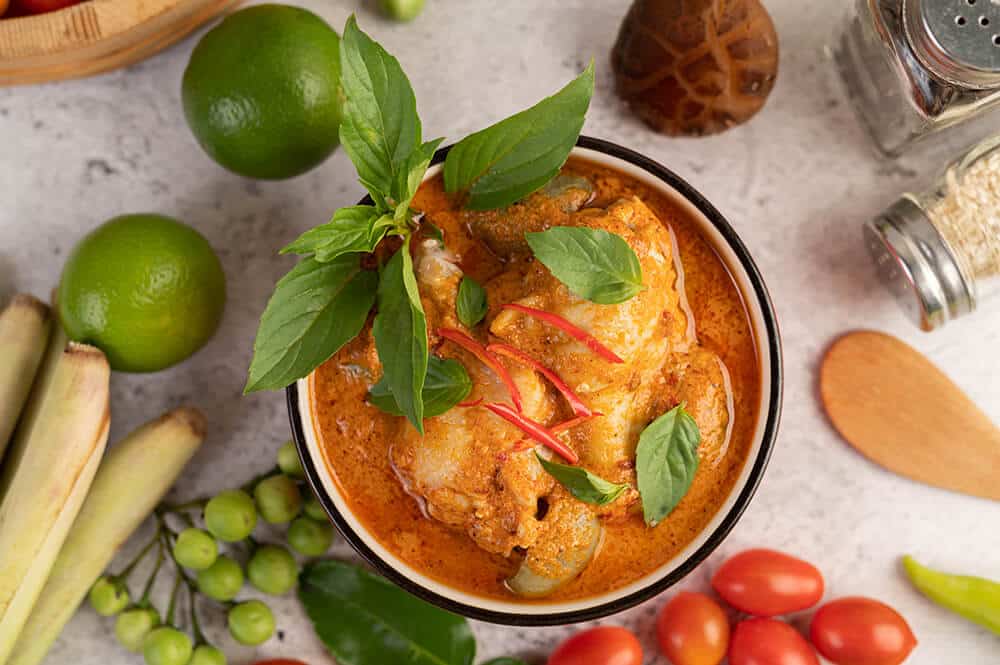
Massaman Curry
Origin: Southern Thailand
Flavour Profile: Rich and slightly complex, combining Indian spices with traditional Thai spices & herbs
Heat Level: Mild to medium – suitable for moderate spice enthusiasts
Massaman curry is a very popular dish that takes inspiration from Indian curry and is known for its slightly complex and exotic flavor. The richness of its creaminess comes from combining foreign spices, including cardamom, cinnamon, cloves, star anise, cumin and nutmeg, with typical Thai spices like galangal root.
Another distinctive feature of this dish is the combination of coconut milk with peanuts or cashews which gives it a thick texture as well as a unique blend of sweet tastes. Common variations include chicken or beef massaman curry. On the spiciness scale it usually sits somewhere between mild to medium so it’s generally suitable for those just beginning to explore Thai food.
As you can tell by now, massaman curry has become quite popular in Thailand and abroad over the past decade thanks to its delicious mixture of flavors. Whether served with rice or paired with roti, there’s no denying how tasty this dish truly is!
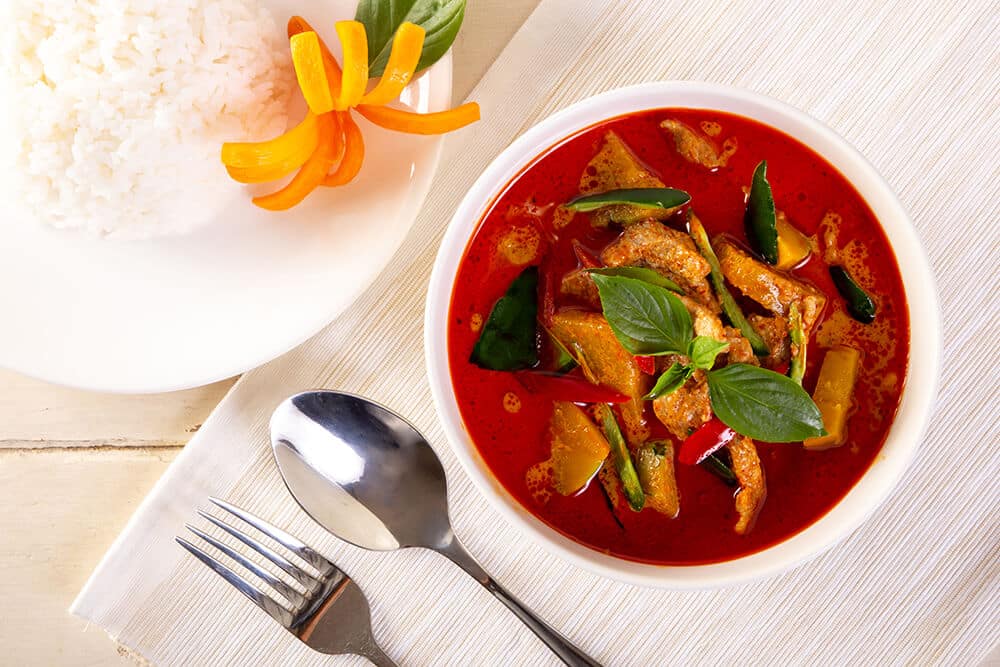
Panang Curry
Origin: Southern Thailand
Flavour Profile: Rich and spicy, similar to red curry but distinct due to its combination of foreign spices with traditional Thai ingredients
Heat Level: Medium to high – offers a noticeable but not overpowering spice
Panang curry is a popular dish in Thai restaurants around the world. It has a rich, creamy flavor and is spicy, yet similar to red curry. The spiciness comes from the mix of spices used, such as cumin seeds and coriander. In Thailand it is mainly popular in southern parts of the country.
The flavor of Panang curry gets its unique taste from coconut milk and peanuts, which provide an intense richness and creaminess to the dish. This makes it stand out from other Thai curries such as gaeng som or massaman curry which typically rely more heavily on sourness that come from tamarind or lime juice for their distinct flavorings.
Furthermore, due to its combination of warm spices like cardamom together with nutmeg and cloves, Panang curry also provides a slight heat that sets it apart from many other regional curries in Thailand where chilis are used as the main source for spice alone.
